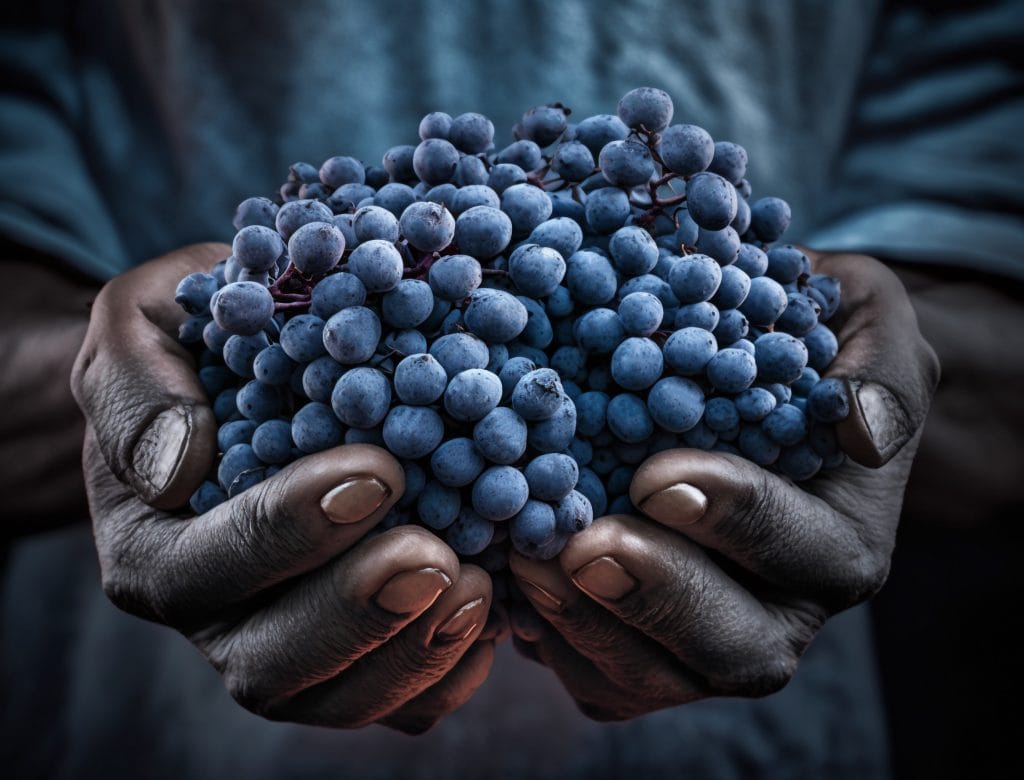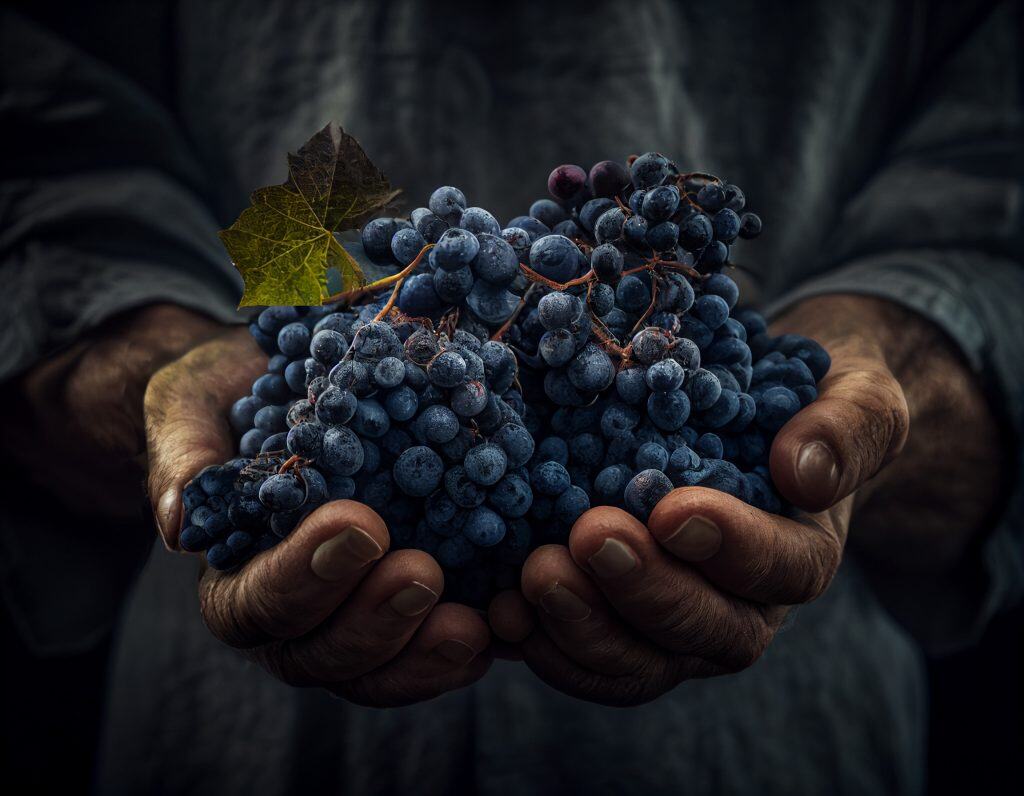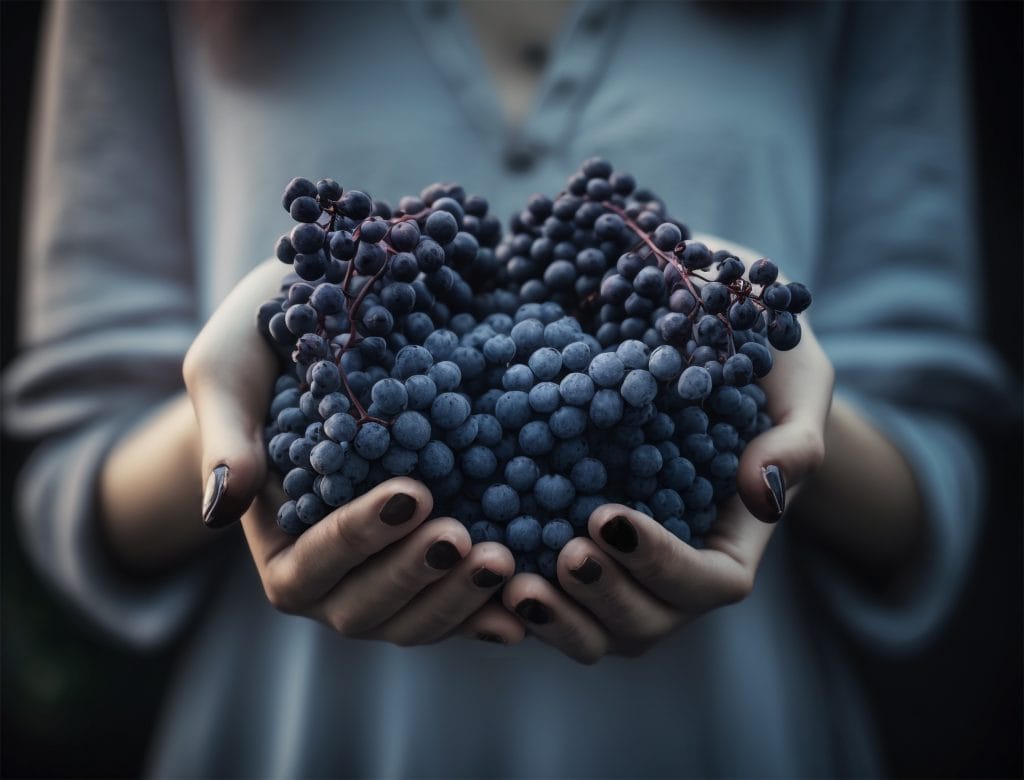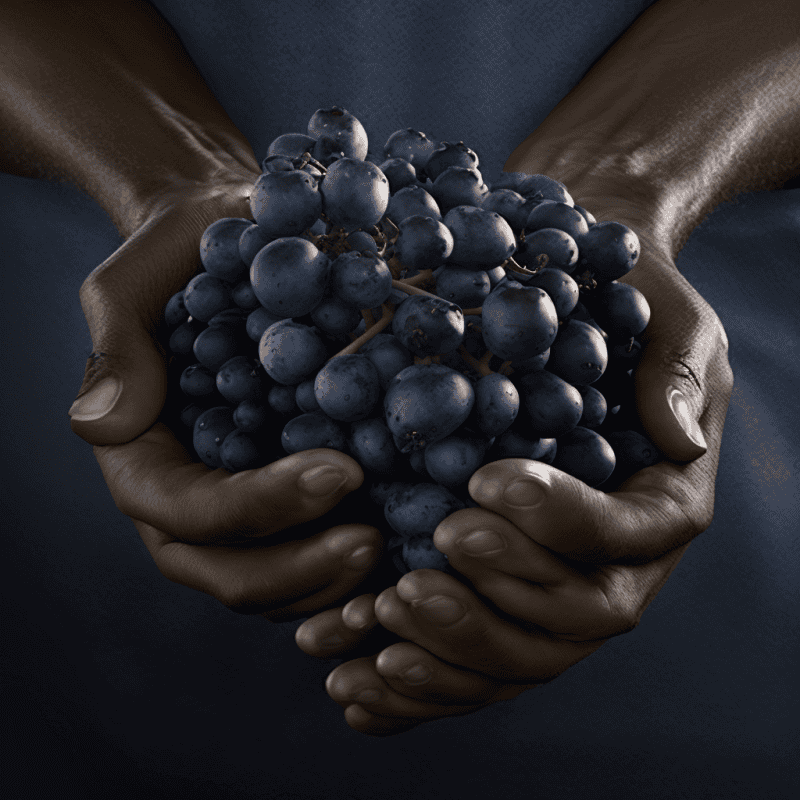Two years ago, any search in a stock photography database for a phrase along the lines of “people drinking wine” was sure to return an image similar to the one above: attractive, slim, upper-middle-class white people, with smiles and sparkly wine stems.
Things have gotten slightly better since the #BlackLivesMatter movement and the social justice protests in the wake of George Floyd’s murder, but the representation of BIPOC individuals in wine-related stock photography remains fairly dismal.
For example, the phrase “drinking wine” on the website iStockphoto.Com yields 134,590 results. If you use that site’s handy “ethnicity” filter and select “Black,” the number of stock photos drops to 10,776 images. Select “Hispanic/LatinX,” and that number drops to 6,110. Even if some white people in your photo is OK with you, and you select “Multi-racial Group” you’re still reducing your image possibilities to 16,555.
We don’t have good statistics on the ethnicity of wine drinkers in the US, but a Nielsen Spectra survey from 2016 reports that 29% of American wine drinkers identify as non-white (Black, Hispanic/LatinX, or Asian).
Even if we got representation in wine imagery to match the ethnic proportions of its consumers (which would be a nice interim goal, no?) there are other factors that might suggest this is insufficient.
For starters, how about the fact that pretty much every bunch of grapes harvested by hand that goes into our wine is harvested by a person of color? Or the fact that according to one 2005 study, African Americans are 241% more likely than your average adult to have spent more than $20 on a bottle of wine. Not to mention the fact that non-white customers are among the fastest-growing segments of the wine-drinking population.
If I had a lot more time and money, I’d love to start a project to crowdsource images of non-white people drinking wine, and make them available for free on a website, or upload them to Unsplash. Maybe I’d commission some BIPOC photographers to do a bunch of photo shoots to get us started.
That’s one of those ideas that I’ve filed away for another time. But in the meantime, I have been working on the problem on a slightly smaller scale.
You could say I’ve started at the top. Do you recognize this image?

If you consume a lot of wine media, then the chances are you’ve seen this image. It’s everywhere. It’s been downloaded more than 333,000 times from Unsplash and appears on book covers, in blog posts, in brochures, and more.
There’s a lovely story behind the image, which I encourage you to read on Miquel Hudin’s site.
But I’ve been using the image as something of a test bed, or target, in my explorations in the frontier of AI. Specifically, I’ve been trying to see if I can recreate this image using MidJourney AI image generation tools. Along the way, I’m trying to change the ethnicity of the subject.
Anyone who has been playing with AI image generation tools knows that I could have chosen a much easier task. As powerful as these AI image engines are, there are a number of things that they completely suck at creating, among them horses, bicycles, and yes, human hands. These AI tools are so bad at human hands, it has become something of a running joke in most of the communities associated with these platforms.
Here are some outtakes from the last few months of trying to generate my own version of the above image:
Ask any human to draw a pair of hands (or a bicycle) and you’re likely to get a pretty bad result, but I’m guessing most people would at least know how many fingers are needed.
The engines keep improving, however, and so I have recently been able to achieve my goal. Call it my own quiet major milestone on the road to AI taking over the universe, and a microscopic, largely symbolic advance in representation within wine stock photography.
Without further ado, I present the AI alternatives to the world’s most popular wine stock image, free for you to use as you see fit.



I don’t pretend these are perfect, or profound. And maybe no one will find any use for them at all. But it’s been a fun exercise for me nonetheless. Representation matters.




